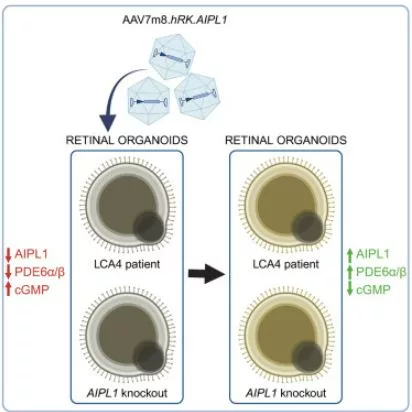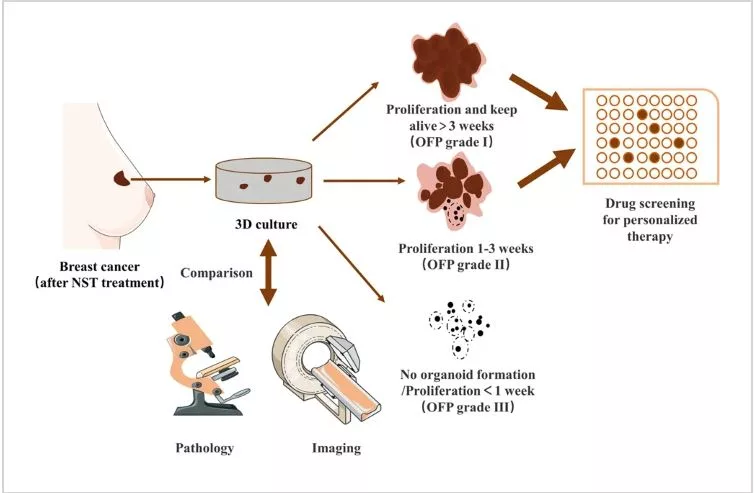In this study, scientists focused on understanding the interaction between SARS-CoV-2 viral proteins NSP3 and NSP4 with the mitochondrial network within human stem cell-derived lung organoids. Mitochondria play a critical role in cellular energy production and exhibit dynamic spatial and temporal behavior. Viral proteins have been observed to associate with mitochondria during infection, potentially disrupting their dynamics, although this aspect remains understudied, particularly in living cells or tissues. Our research aimed to address this gap by employing adaptive optics lattice light-sheet microscopy (AO-LLSM) to capture high-resolution 4D datasets of the dynamic mitochondrial network within branching lung organoids. Our findings reveal that NSP3-NSP4 proteins indeed associate with mitochondria in these organoids, and cells harboring these proteins exhibit distinct mitochondrial behavior compared to those without. Understanding how viruses affect subcellular organelles like mitochondria is crucial for devising strategies to mitigate viral-induced cellular damage.
Keywords: Organoids, SARS CoV-2, mitochondria









